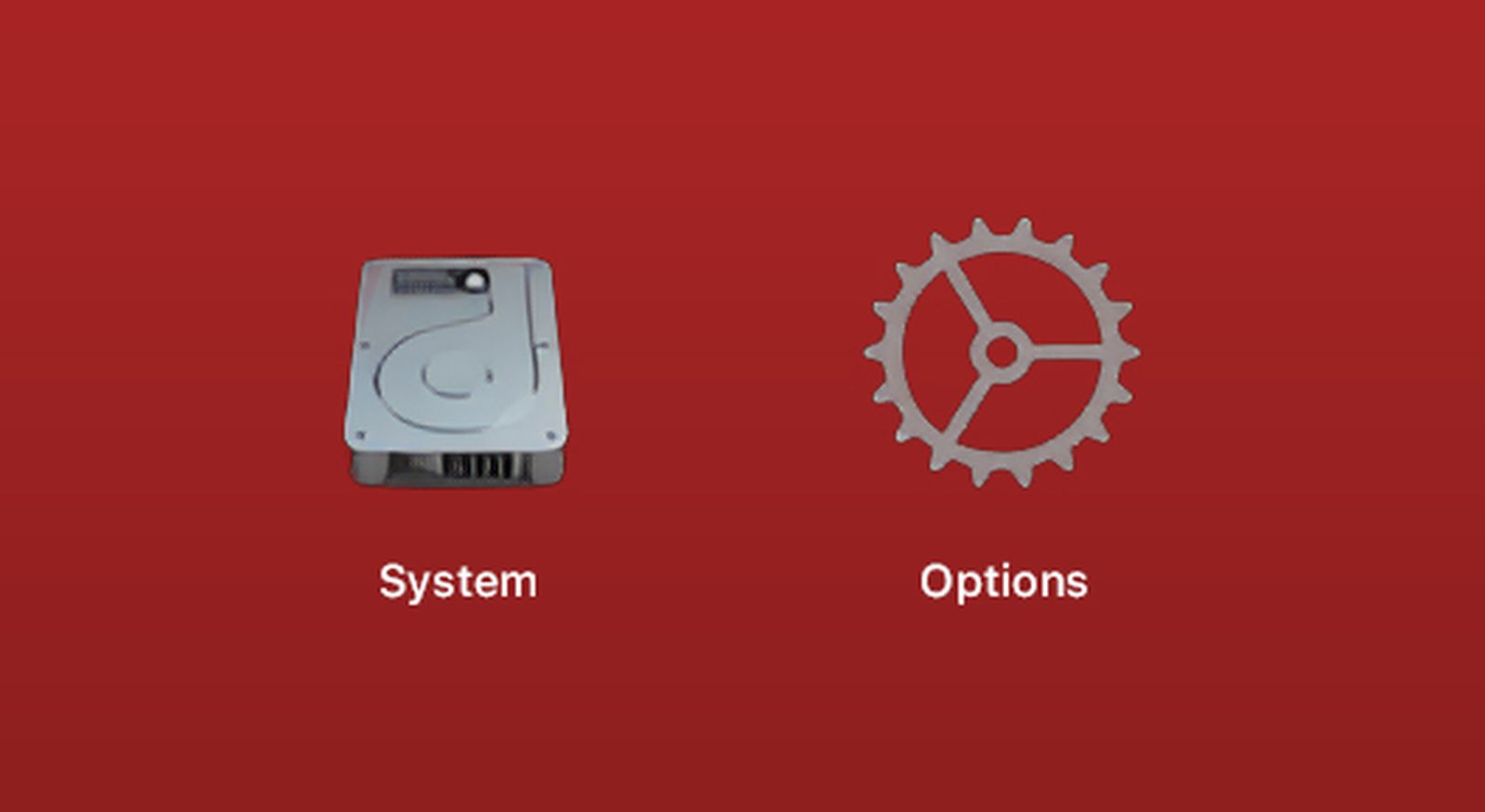Errr, technically not true. That is distortion of what Apple said.
"...
On Apple Silicon Macs, the boot process is based on Secure Boot architecture of iOS and iPadOS.
Secure Boot ensures that each start-up component is cryptographically signed by Apple and that the boot happens only after the verification of the chain of trust.
This offers much stronger security at boot time on macOS.
In addition, we have added support to boot from multiple macOS installed on internal or external volumes, as well as enabled booting any version of macOS signed by Apple
.
This will allow future macOS to continue booting older versions.
Lastly, we have introduced new macOS Recovery flows. So how does start-up on Apple Silicon Macs work? ...
..."
Discover how Macs with Apple silicon will deliver modern advantages using Apple's System-on-Chip (SoC) architecture. Leveraging a unified...

developer.apple.com
Fundamentally Apple Silicon Macs boot like iPhone/iPad Pro do with some Mac extensions to the process. All the extensions are only around macOS. Mac are less locked down that iPhones/iPads, but they are still locked into Apple's proprietary boot process. The other major extension past iPhone/iPads is that you can boot macOS off of an external disk. ( this can be done even in the "full security mode" . So Apple Silicon Macs will boot by default off of secure external OS images. Something the T2 Macs didn't do by default. )
At about 18:00 into the video
"...
Next, Startup Disk.
macOS Recovery Startup Disk focuses on selecting the security policy for each of the volume with macOS installed. You can choose from full or reduced security, as shown here.
... "
Namely
Apple Silicon Macs will introduce a new system for accessing macOS recovery and security options at startup, Apple explained at a WWDC session on Wednesday. The new Startup UI on Apple Silicon powered Macs Existing Macs include a number of macOS Recovery options at boot-up that are accessed...

www.macrumors.com
The "Reduced" security still has to have been overtly signed by Apple to run. That is different the the "ignore signatures completely mode" of T2. This is closer to "look but don't enforce".
There is a point where the Apple engineer makes a somewhat vague reference to the Mac staying the same.
"...
By contrast, reduced security provides flexibility and configurability of your Mac, and it keeps the Mac what it is.
..."
That is about keeping the Mac the same as it is now as being a Mac. ( not following iPhone/iPads into the zone where Apple can kill off your older OS instance because dropped the signatures on it. ) That has little to do with not trying to be a Mac at all. (i.e., trying to maximize non Mac features. Apple Silicon is primarily out to make a Mac more of a Mac; not less. )
There is some huge implicit inferencing and/or generalization here that somehow Apple is going to get into the "signed by Apple" business for Linux and Windows. Don't hold your breath. There is a decent chance there is no UEFI here at all. If that is the case then Apple has no intention of being "open". All the handling would be done through virtual machines that have a virtualized , "open" boot environment that isn't directly on "raw" hardware.
[automerge]1601480158[/automerge]



